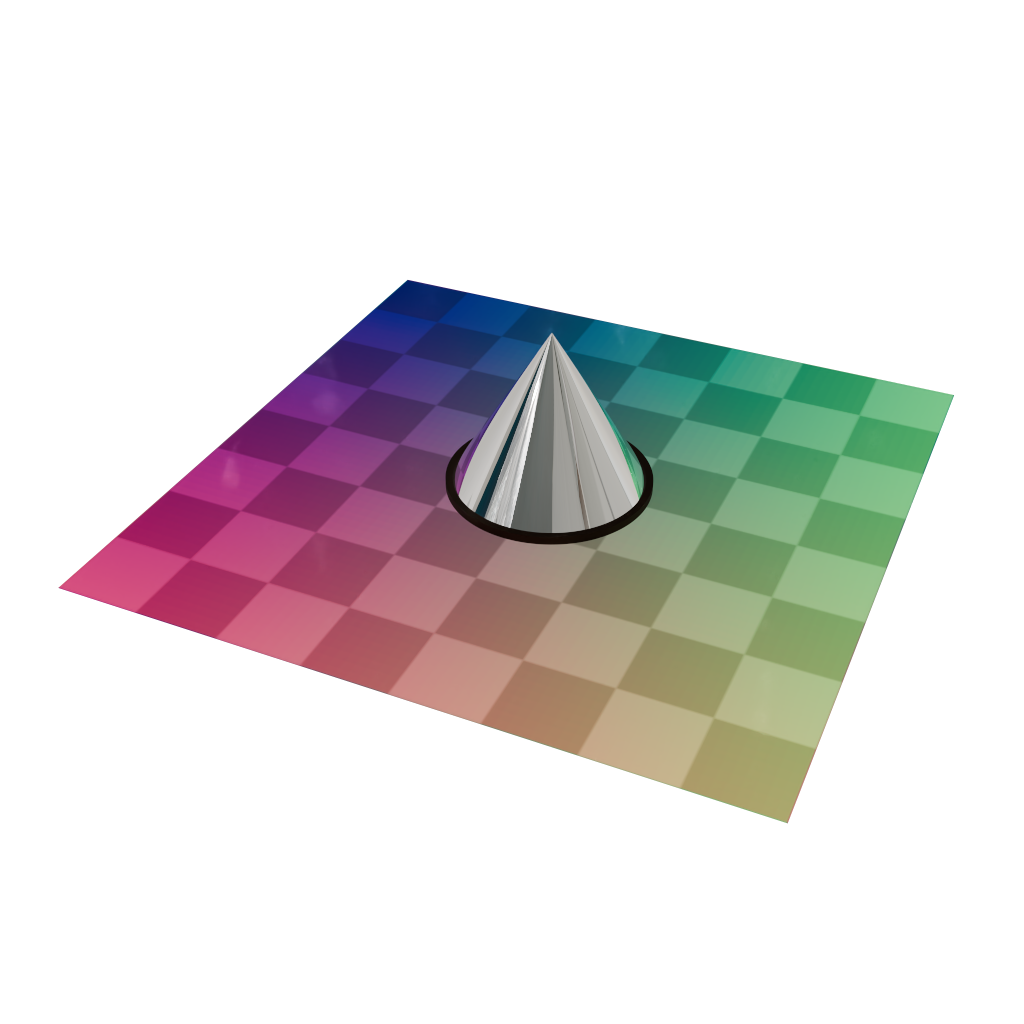LookingGlass: Generative Anamorphoses via Laplacian Pyramid Warping
Abstract
Anamorphosis refers to a category of images that are intentionally distorted, making them unrecognizable when viewed directly. Their true form only reveals itself when seen from a specific viewpoint, which can be through some catadioptric device like a mirror or a lens. While the construction of these mathematical devices can be traced back to as early as the 17th century, they are only interpretable when viewed from a specific vantage point and tend to lose meaning when seen normally. In this paper, we revisit these famous optical illusions with a generative twist. With the help of latent rectified flow models, we propose a method to create anamorphic images that still retain a valid interpretation when viewed directly. To this end, we introduce Laplacian Pyramid Warping, a frequency-aware image warping technique key to generating high-quality visuals. Our work extends Visual Anagrams (Geng et al. 2024) to latent space models and to a wider range of spatial transforms, enabling the creation of novel generative perceptual illusions.
Pipeline
At each denoising step, the estimated final image is computed from the diffusion model's noise estimate and decoded into image space. Image warping and view aggregation is performed in image space using Laplacian pyramids, before encoding back into latent space for the diffusion step.

Laplacian Pyramid Warping (LPW)
At the core of the pipeline is Laplacian pyramid warping, a novel frequency-aware image warping method that preserves high-frequency details during the view transformation process, preserving image quality during synchronization of mulitple diffusion paths.
Cylindrical mirror

Conic mirror

Nicéron's lens

Three-view Nicéron's lens
A watercolor painting of a botanical garden / a bunny / a garden gnome
BibTeX
@misc{chang2025lookingglass,
Author = {Pascal Chang and Sergio Sancho and Jingwei Tang and Markus Gross and Vinicius C. Azevedo},
Title = {LookingGlass: Generative Anamorphoses via Laplacian Pyramid Warping},
Year = {2025},
Eprint = {arXiv:2504.08902},
}